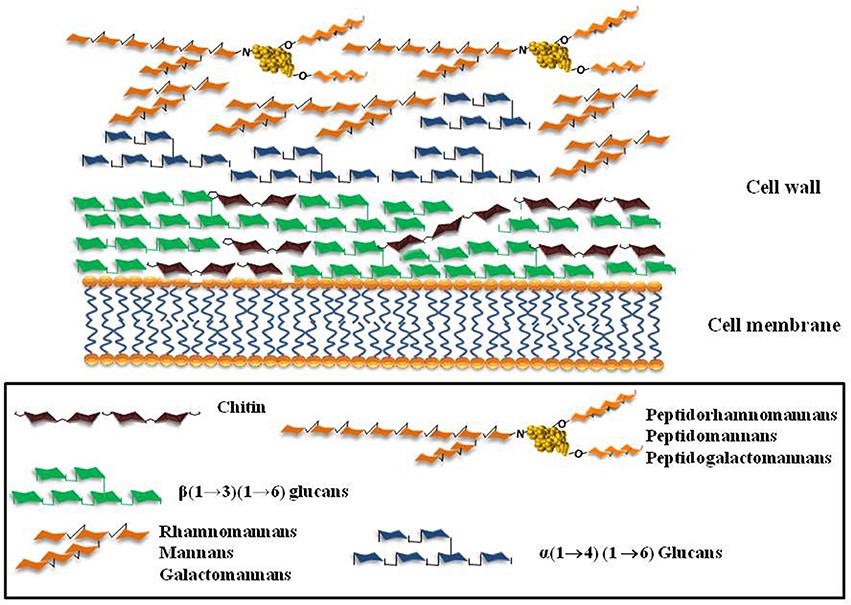Chitin Biosynthesis
As the leading of drug discovery area, Creative Biolabs is devoted to helping global clients to explore and identify the potential and well-recognized targets for antifungal drug development. Here, we describe the attractive antifungal targets involved in the chitin biosynthesis and what can we provide in the area of drug discovery.
Introduction of Chitin
Chitin is a β-1-4-linked N-acetylglucosamine polymer that is an essential component of the fungal cell wall and not present in human. Although chitin contents on the fungi cell differ between various species (e. g. a very small amounts (1-2%) chitin is present in cell wall while the considerable quantities in filamentous fungi), chitin is the most specific component of fungal cell wall different from mammals and plants.
 Fig.1 Structure of the chitin molecule. Distributed under CC BY-SA 4.0, from Wiki, without modification.
Fig.1 Structure of the chitin molecule. Distributed under CC BY-SA 4.0, from Wiki, without modification.
Targets of Chitin Biosynthesis
Based on these, inhibition of chitin synthesis is the promising approach for the development of antifungal drugs. The synthesis of chitin is mediated by chitin synthase, an integral membrane enzyme that catalyzes the transfer of N-acetylglucosamine from uridine diphosphate (UDP)-N-acetylglucosamine to a growing chitin chain. The elongation of the chitin polymers occurs via vectorial synthesis so that the nascent chains are extruded through the plasma membrane as they are made. Fungi contain several chitin synthases (Chs1p, Chs2p, and Chs3p) and some of the chitin synthases exert an essential at a certain stage. Hence this phenomenon should be taken into account for antifungal drug development. Currently, most antifungals are developed to suppress chitin synthesis. The most widely studied chitin synthase inhibitors are polyoxins and nikkomycins that target to the catalytic site of chitin synthases thereby destroying the structure and function of the fungal cell wall.
 Fig. 2 Schematic representation of the major cell wall components of the fungi A. fumigatus, C. albicans, Scedosporium/Pseudallescheria complex.1
Fig. 2 Schematic representation of the major cell wall components of the fungi A. fumigatus, C. albicans, Scedosporium/Pseudallescheria complex.1
Advantages of Chitin Biosynthesis as Therapeutic Targets
As the major and specific component of fungi cell, chitin synthesis has become the popular targets for the development of antifungal drugs. The advantages of antifungals targeting chitin synthesis are as follows.
- Specific-component of fungal cell wall
- Without effect on mammalian cell
- Rapid and accurate fungistasis effect
- Broad-spectrum fungistasis effect targeting a variety of fungi.
What Can We Provide?
Creative Biolabs has an outstanding professional team and diverse advanced technology platforms to provide customers worldwide with a full range of antifungal drug discovery services including target identification and validation, Hit identification, Hit to lead, Lead optimization, and IND enabling. Our services not only enable you to obtain a final result but also provide whole-process technical support services so that you can keep abreast of the progress of the project and obtain our technical guidance in a timely manner.
If you are interested in our drug target discovery, please contact us for more details or a detailed quote.
Reference
- Barretobergter, E.; Figueiredo R T. Fungal glycans and the innate immune recognition. Frontiers in Cellular & Infection Microbiology. 2014, 4(145):145. Distributed under Open Access license CC BY 4.0, without modification.
For Research Use Only.
